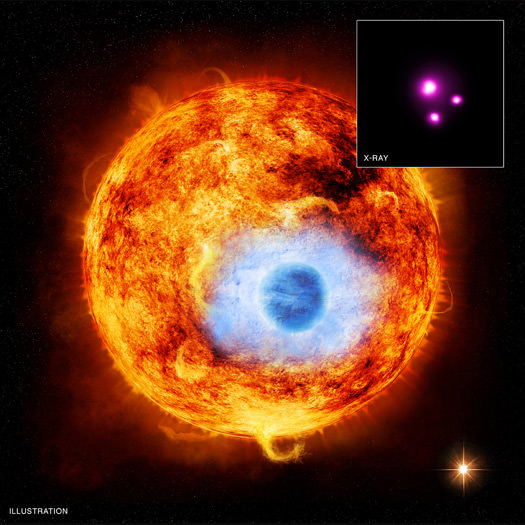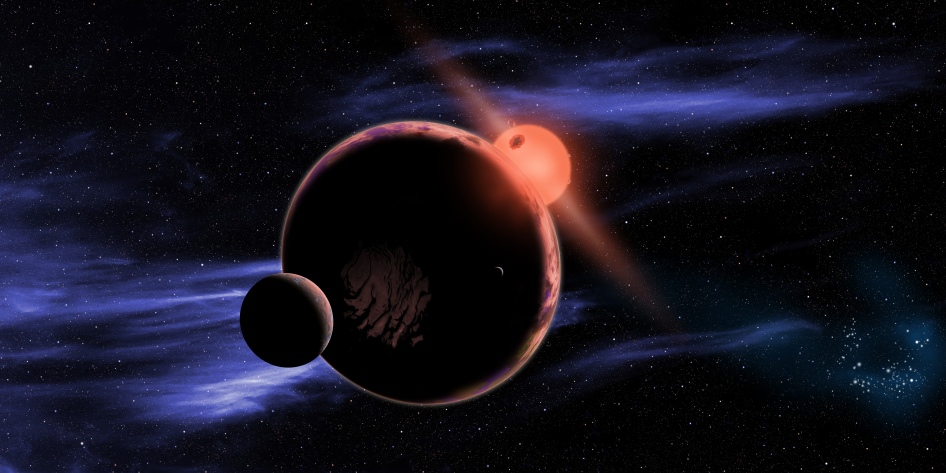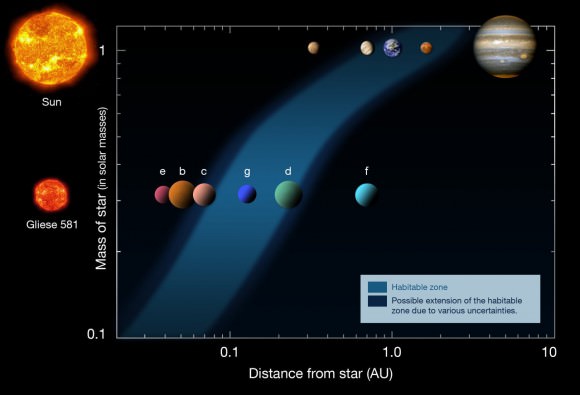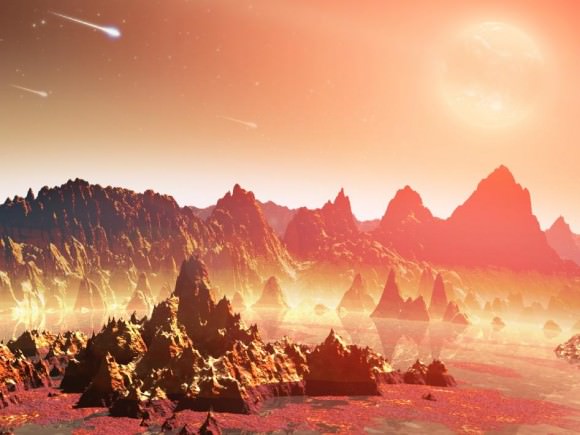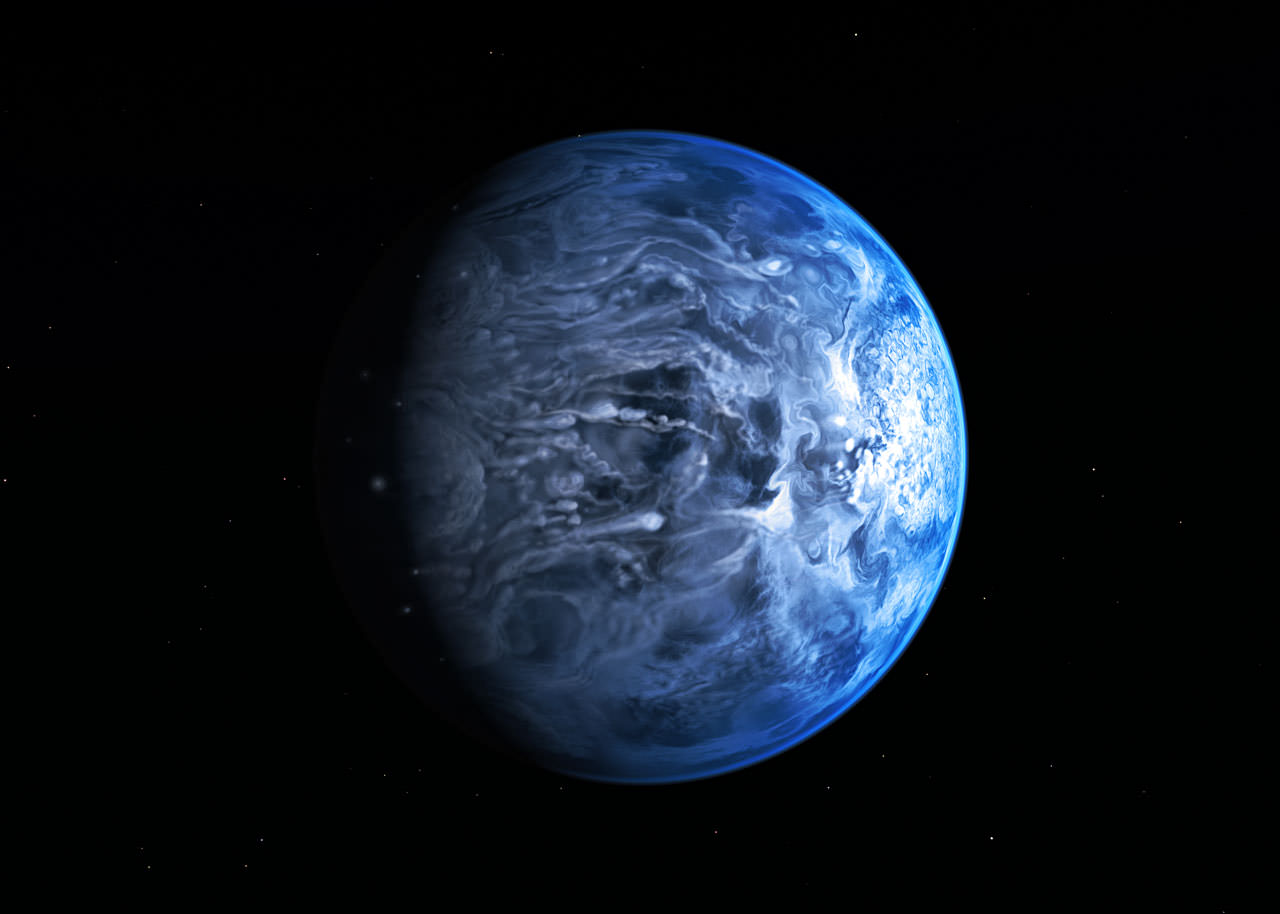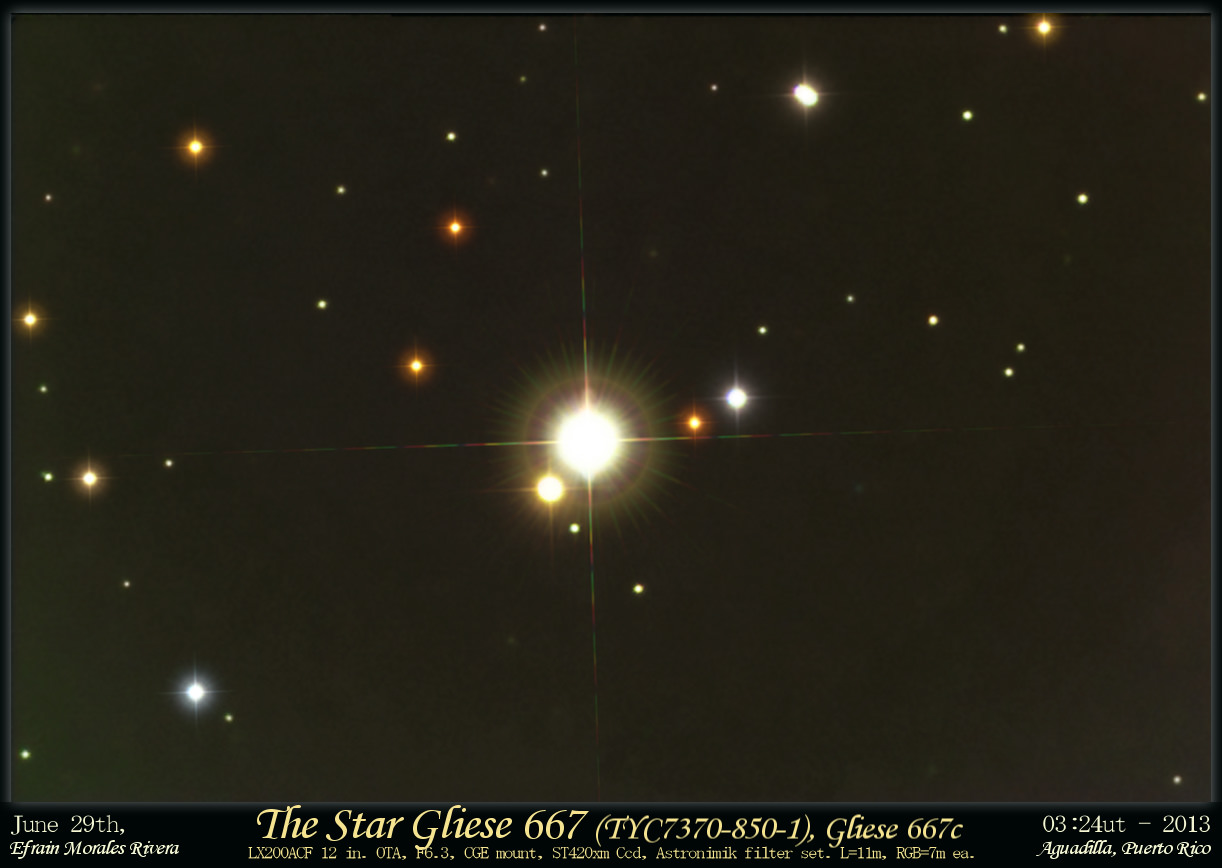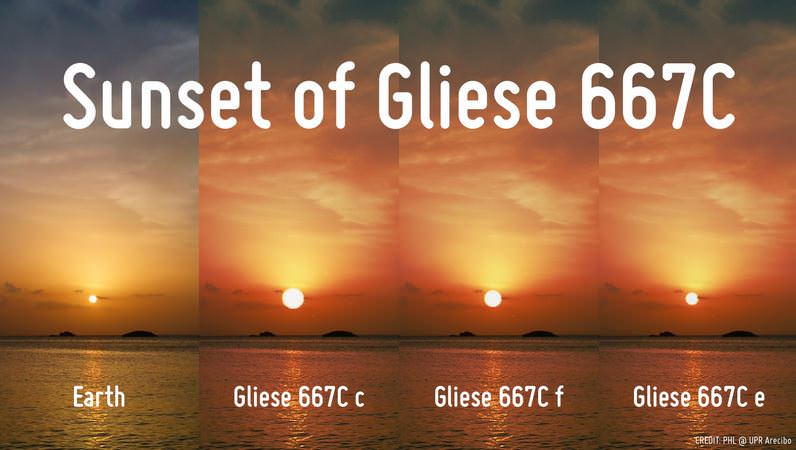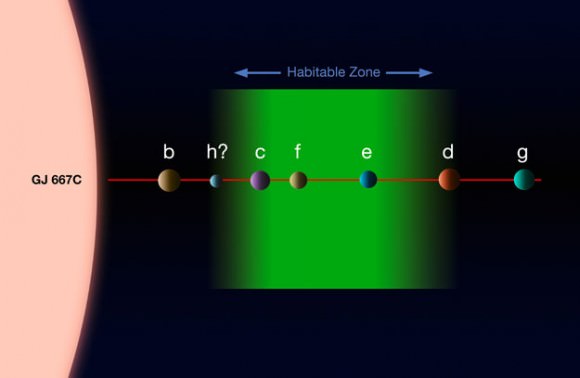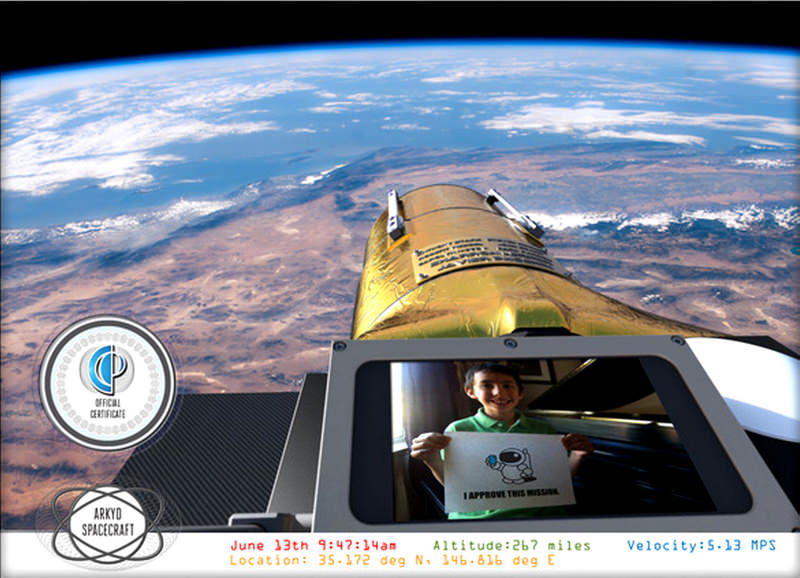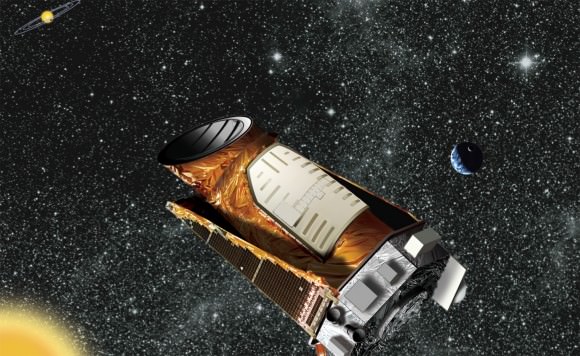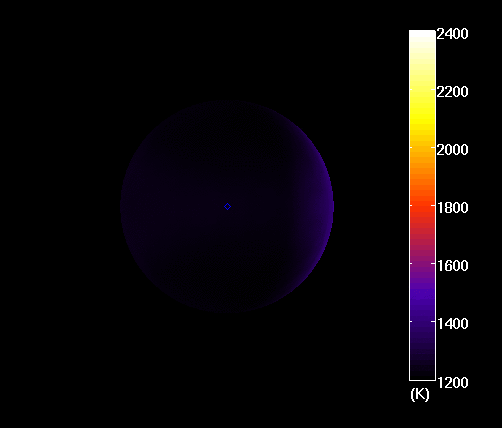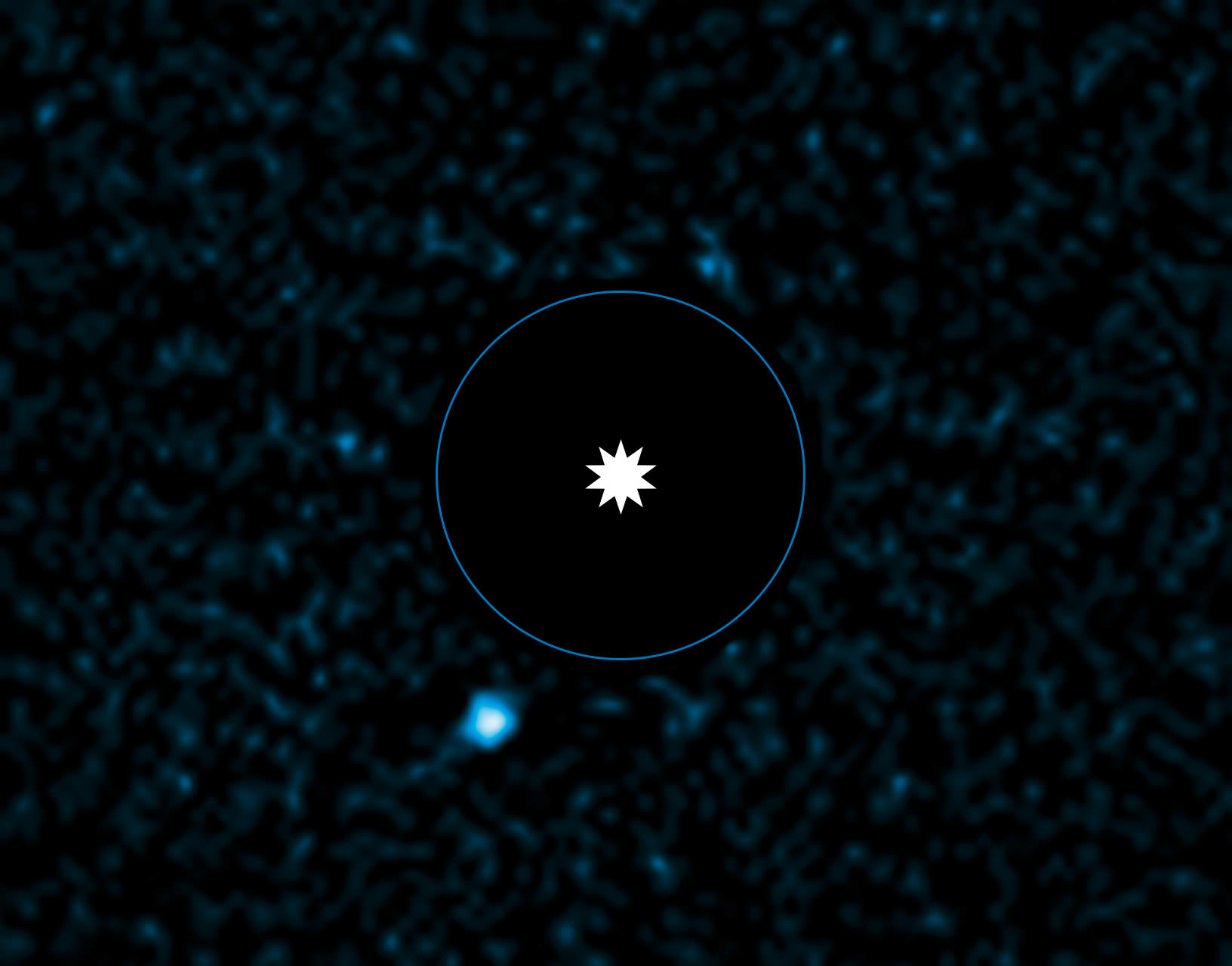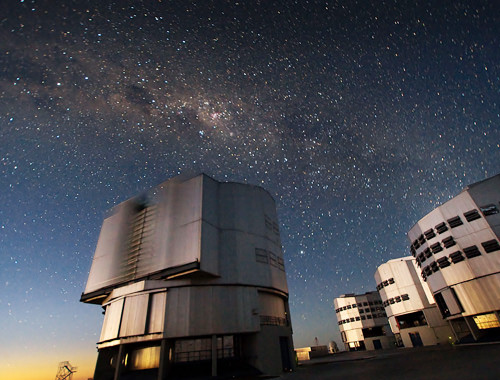In the medical field, X-rays are used for finding and diagnosing all sorts of ailments hidden inside the body; in astronomy X-rays can also be used to study obscured objects like pulsars and black holes. Now, for the first time, X-rays have been used to study another object in space that tends to be difficult to spot: an extra solar planet. The Chandra X-ray Observatory and the XMM Newton Observatory combined their X-ray super powers to look at an exoplanet passing in front of its parent star.
This is not a new detection of an exoplanet – this same exoplanet, named HD 189733b has been one of the most-observed planets orbiting another star, and was recently in the news for Hubble confirming the planet’s ocean-blue atmosphere and the likelihood of having glass raining down on the planet.
But being able to see the exoplanet in X-rays is good news for future studies and perhaps even detections of planets around other stars.
“Thousands of planet candidates have been seen to transit in only optical light,” said Katja Poppenhaeger of Harvard-Smithsonian Center for Astrophysics (CfA) in Cambridge, Mass., who led the new study, which will be published in the Aug. 10 edition of The Astrophysical Journal. “Finally being able to study one in X-rays is important because it reveals new information about the properties of an exoplanet.”
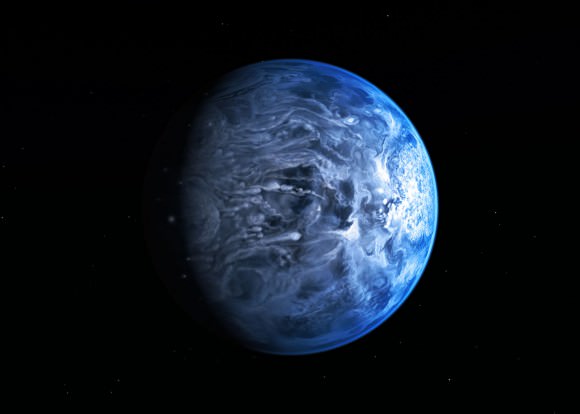
HD 189733b is a Jupiter-sized extrasolar planet orbiting a yellow dwarf star that is in a binary system called HD 189733 in the constellation of Vulpecula, near the Dumbell Nebula, approximately 62 light years from Earth.
This huge gas giant orbits very close to its host star and gets blasted with X-rays from its star — tens of thousands of times stronger than the Earth receives from the Sun — and endures wild temperature swings, reaching scorching temperatures of over 1,000 degrees Celsius. Astronomers say it likely rains glass (silicates) – sideways — in howling 7,000 kilometer-per-hour winds.
But it is relatively close to Earth, and so it has been oft-studied by many other space and ground-based telescopes.
In a blog post, Poppenhaeger said she was inspired by the launch of the Kepler telescope, and wondered if exoplanets could be seen in X-rays. She was excited when she found archived data from XMM Newton showing a fifteen hour long observation of the star HD 189733 and the “Hot Jupiter” HD 189733b was crossing in front of the star during that observation.
But the light curve was disappointing, she said. “The star is magnetically active, meaning that its corona is bright and flickering, so its X-ray light curve showed lots of scatter. Looking for a transit signal in this light curve was like trying to hear a whisper in a noisy pub,” Poppenhaeger wrote.
She knew with more data, the transit signal would be clearer, so she applied for – and got – time on Chandra to observe this exoplanet.
She combined the data from all the observations and was finally successful. “I could detect the transit of the planet in X-rays,” Poppenhaeger said. “What surprised me was how deep the transit was: The planet swallowed about 6-8% of the X-ray light from the star, while it only blocked 2.4% of the starlight at optical wavelengths. That means that the planet’s atmosphere blocks X-rays at altitudes of more than 60,000 km above its optical radius – a 75% larger radius in X-rays!”
That means that the outer atmosphere has to be heated up to about 20,000 K to sustain itself at such high altitudes. Additionally, the planet loses its atmosphere about 40% faster than thought before.
Poppenhaeger said she and her colleagues will test more X-ray observations of other similar planets such as CoRoT-2b to learn more about how stars can affect a planet’s atmosphere.
Sources: Chandra, Chandra Blog.

